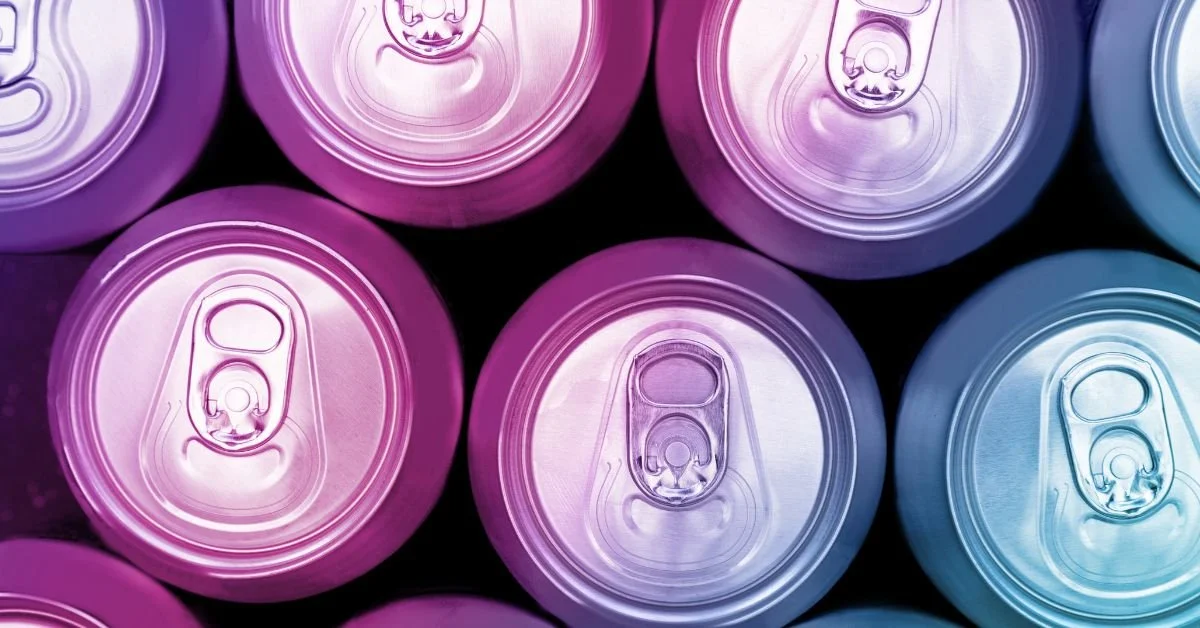The Trust Rebound: What DTC Lifestyle Brands Can Learn From the Poppi Claims Crisis
7 MIN READ
If you’ve been spending less time online lately due to the state of **gestures at everything**, then you may have missed the controversial news that popped up this summer, surrounding popular drink brand, Poppi. In July of this year, the company agreed to an $8.9 million settlement over allegedly misleading gut-health claims. This is just the latest in a broader push for credibility from “better-for-you” brands and part of a larger shift forcing lifestyle brands to substantiate their promises.
Modern consumers are savvier—and less forgiving than their predecessors. We’ve lived through a decade of detox teas that don’t detox, collagen that doesn’t firm, and “sustainable” fabrics that, in reality, are produced through chemical-intensive processes, deforestation, and exorbitant water usage, and now approach most marketing from a baseline of suspicion. This climate of deception has led many to develop a skepticism bias, causing us to assume exaggeration until proven otherwise.
Think about it like this: From a psychological perspective, every purchase is essentially a social contract. A brand makes a claim, causing the customer to predict a specific feeling or outcome (e.g. “my skin will glow,” “my runs will feel easier,” etc.), and when that expectation is violated, it triggers cognitive dissonance. Consumers have a hard time reconciling the product’s performance with its promised outcomes and can only alleviate the mental discomfort by downgrading the brand’s credibility. This means that, even when a product technically performs “fine,” dissatisfaction is amplified exponentially due to disappointment.
What Goes Wrong
It starts small. Your sports drink contains B12, which plays a role in serotonin and dopamine production, so maybe it “boosts mood.” Your moisturizer doesn’t contain parabens, so, despite containing other potentially irritating synthetic ingredients, you label it “clean beauty.” In the case of Poppi, does containing prebiotic fiber make a beverage “gut healthy” even if the amount is too small to be beneficial? Does a sprinkle of flaxseed make cereal “heart-healthy?” Is “keto-friendly” creamer suddenly good for you because it contains sucralose instead of sugar? Is it okay for a skincare brand to call itself “dermatologist-approved” because a single licensed consultant signed off on the label design? Markers are careening down a path of meaningless messaging at full speed, leaving consumers with products that are technically harmless but psychologically dishonest.
Many DTC (direct-to-consumer) brands also lean on the visual and verbal grammar of science (i.e. lab coats, minimal fonts, hero ingredients) to solicit credibility they haven’t actually earned. It’s classic signaling theory, and it works great until someone asks for proof. Then it collapses into an imbalance of trust where a brand’s confidence in its own narrative outweighs the consumer’s confidence in its truth.
Most of this copy is written for aspiration, rather than experience. The audience fills in the blanks, and when reality doesn’t match, irreplaceable trust quietly drains out from your bottom line. When brands prioritize quick wins instead of thinking empathetically and considering how it feels to fail the promise, they’re designing disappointment directly into the funnel.
Rebuilding Claim Architecture
Empathetic marketing starts with proof but succeeds through consistency between what’s promised, delivered, and felt. If trust is the outcome, alignment is the input. That means building intentional overlap between what your brand says, what it does, and how it feels to interact with.
(1) design your claim
Use your core claim to establish credibility with one thing you can prove, right now. Add supporting context to show when, how, and for whom that benefit holds, and then frame it all with aspiration, not as a guarantee, but as an invitation.
When you organize your messaging by what’s provable, what’s probable, and what’s possible, you help your audience calibrate their beliefs instead of defaulting to doubt. It’s about building momentum: start with something they can trust immediately, then show them how to believe more.
(2) show, don’t tell
Don’t play coy with your data. Put it out there for the world to see, but do so through simple, scannable formats like user data snapshots and before-and-after photos. The key is finding the balance. Don’t overwhelm with science, but make sure to signal that you did your homework.
(3) GET AHEAD OF POTENTIAL ISSUES
Include contextual honesty at every step of the customer journey. Don’t just think about the PDP (Product Detail Page), include the welcome email, the unboxing insert, and influencer comms. A single line like “results vary with consistent use” can foster and protect long-term brand loyalty more than any discount code could.
(4) CONSIDER EMPATHY ALWAYS
Build messaging that anticipates doubt. “If you’re not seeing changes yet, here’s what to try next.” That simple sentence reframes frustration as participation rather than failure. “Satisfaction is determined by the degree to which the performance of a particular product … fulfills the individual performance expectations.” When brands anticipate doubt and coach through it, they narrow the expectation gap before it becomes dissonance.
Why This Matters For Your Brand
Big players in wellness and consumer products can often survive a hit to their credibility. Small and midsize DTC brands, on the other hand, can’t.
These brands live and die by three metrics: conversion, retention, and word-of-mouth. All three are downstream of trust, and in markets where attention saturation has created signal fatigue, cognitive fluency cuts through the noise with messages that feel easy to believe because they are consistent, transparent, and verified.
Consumers are rewarding brands that behave like guides, not gurus, and the next wave of growth won’t come from louder benefits; it’ll come from quieter confidence. Behaviourally, we’re entering what many are calling the recalibration era. After years of being oversold, buyers are unconsciously seeking balance from brands that acknowledge nuance, uncertainty, and individuality. If your brand can offer that, you can lower cognitive load and foster trust in your audience.
Poppi’s headline may fade, but the signal it sent won’t. The market has officially run out of patience for empty benefits and unearned buzzwords. “Trust” is no longer the soft side of marketing; it’s the performance metric that lays the foundation for them all. In behavioral terms, every credible claim is a deposit in the trust account. Oversell once, and the balance flips negative. Build empathy and evidence into your marketing architecture, and interest compounds in the currency that matters—trust.












